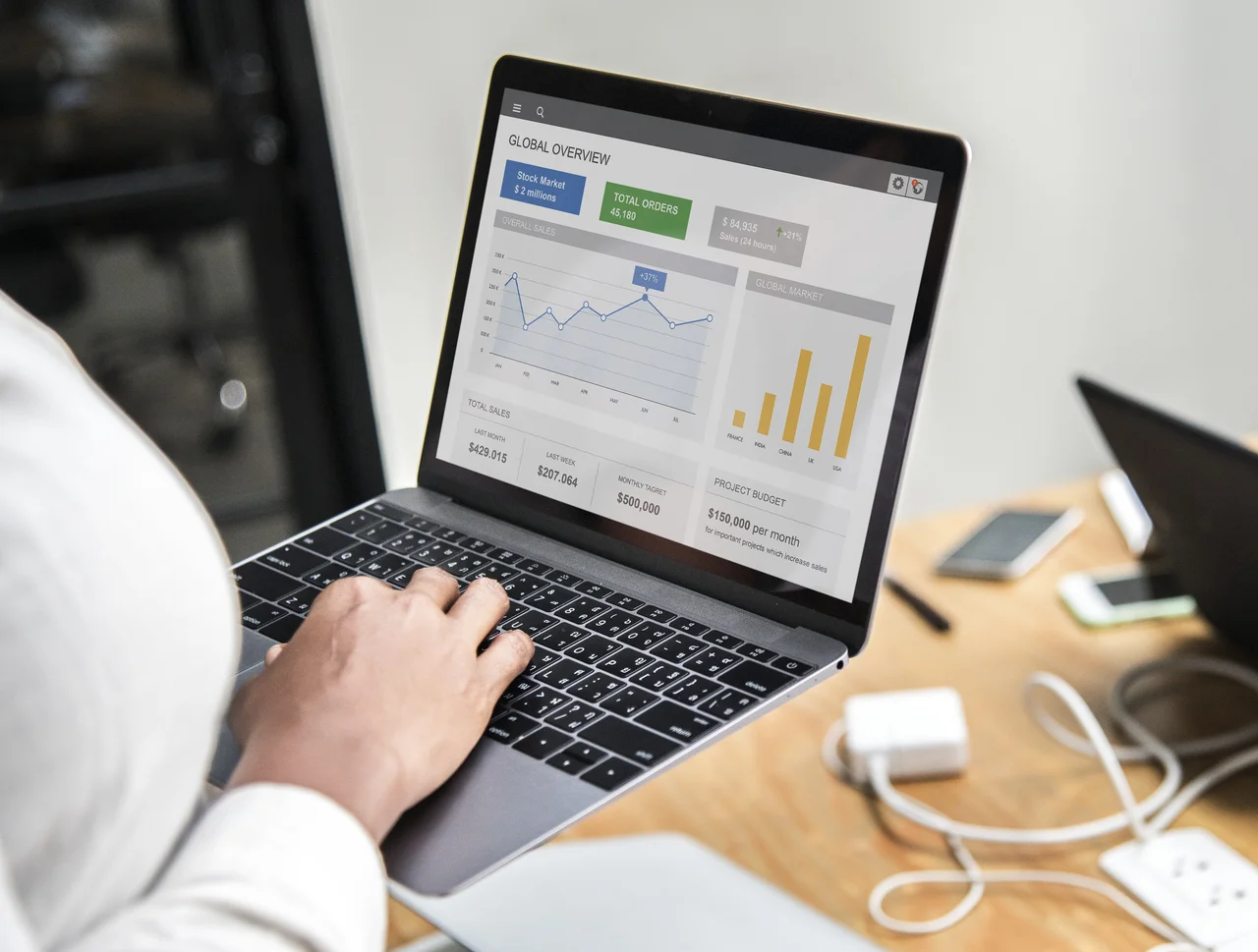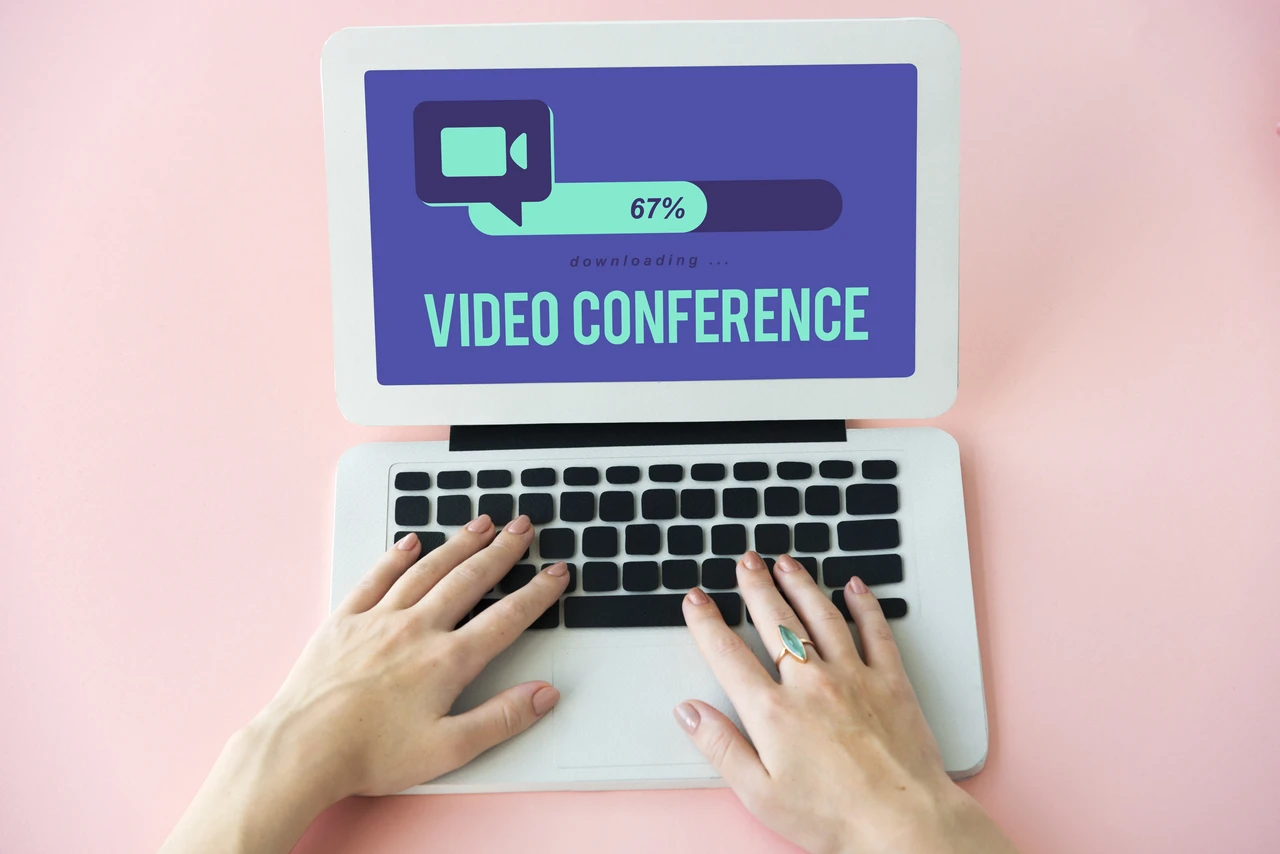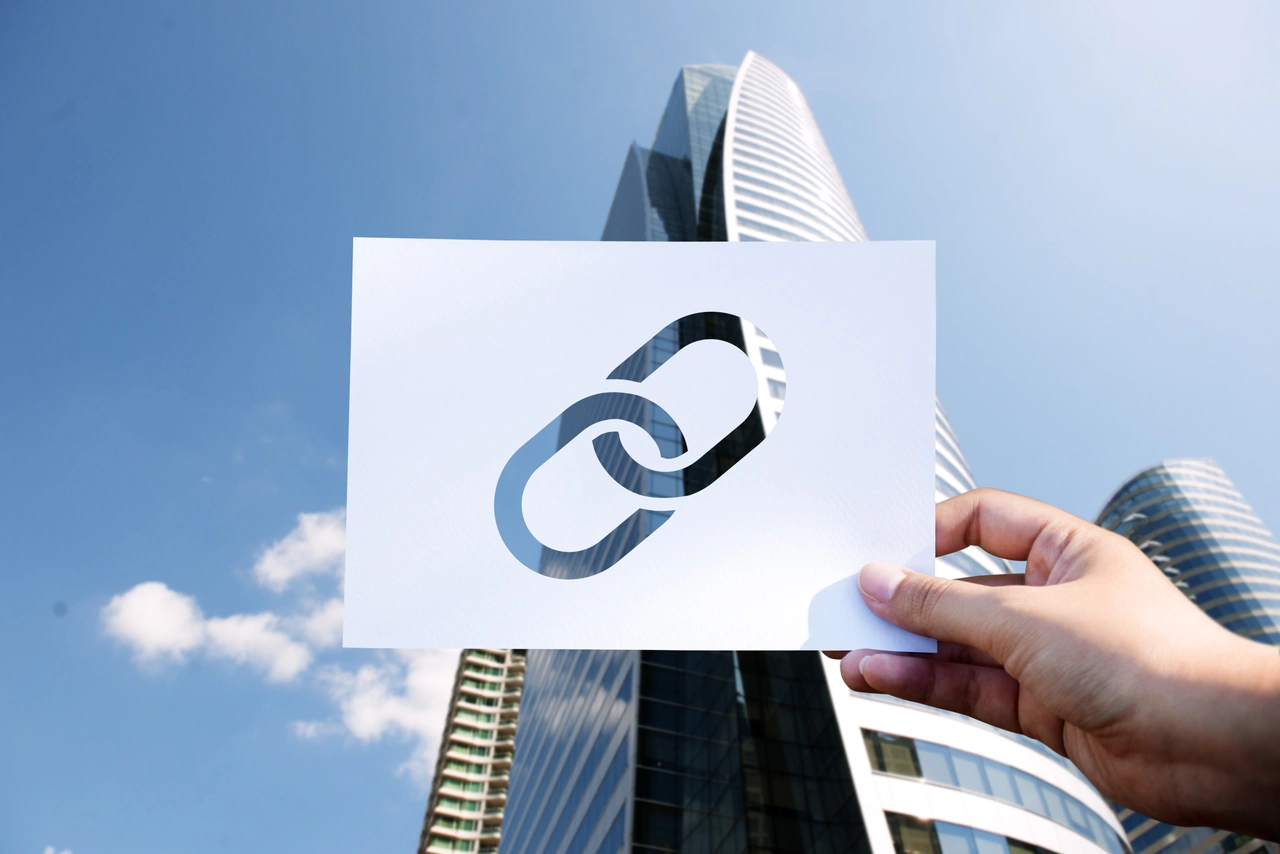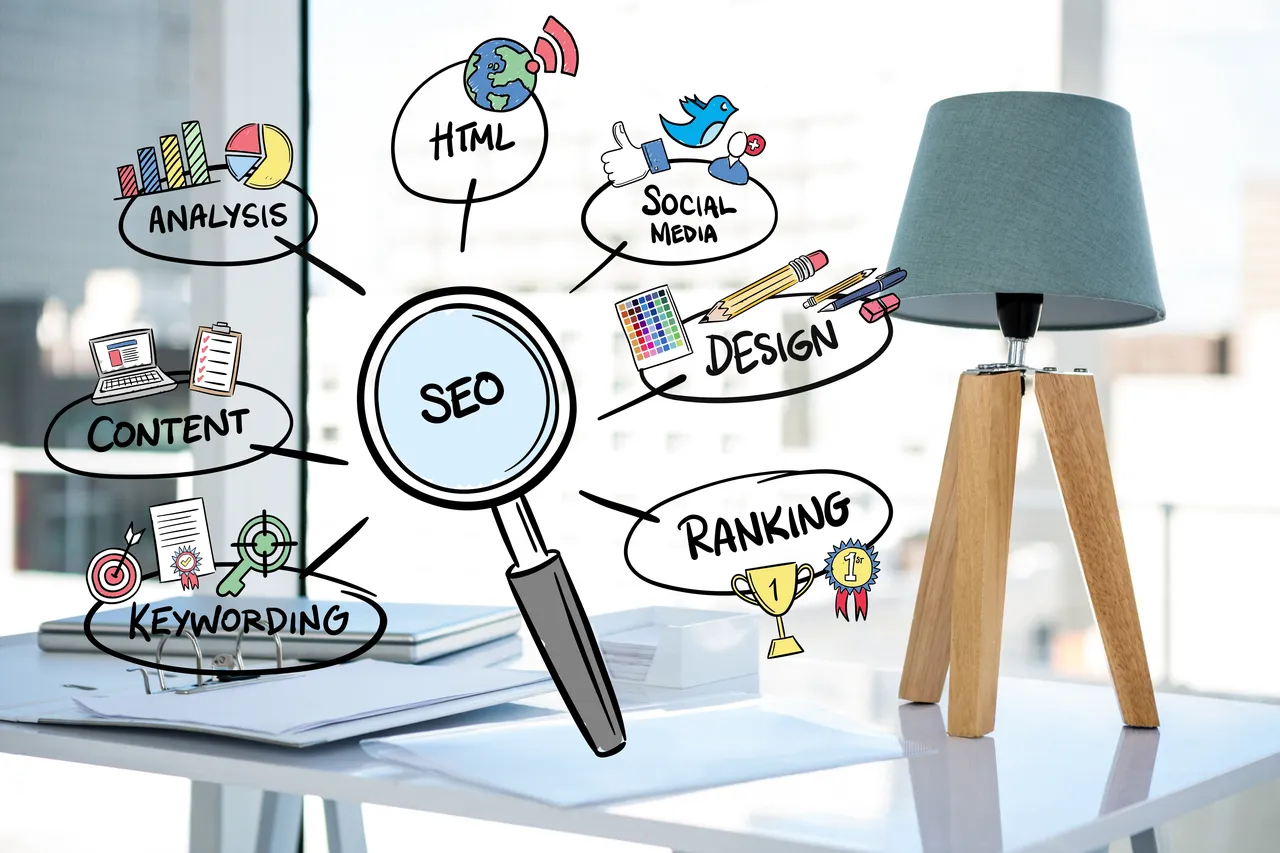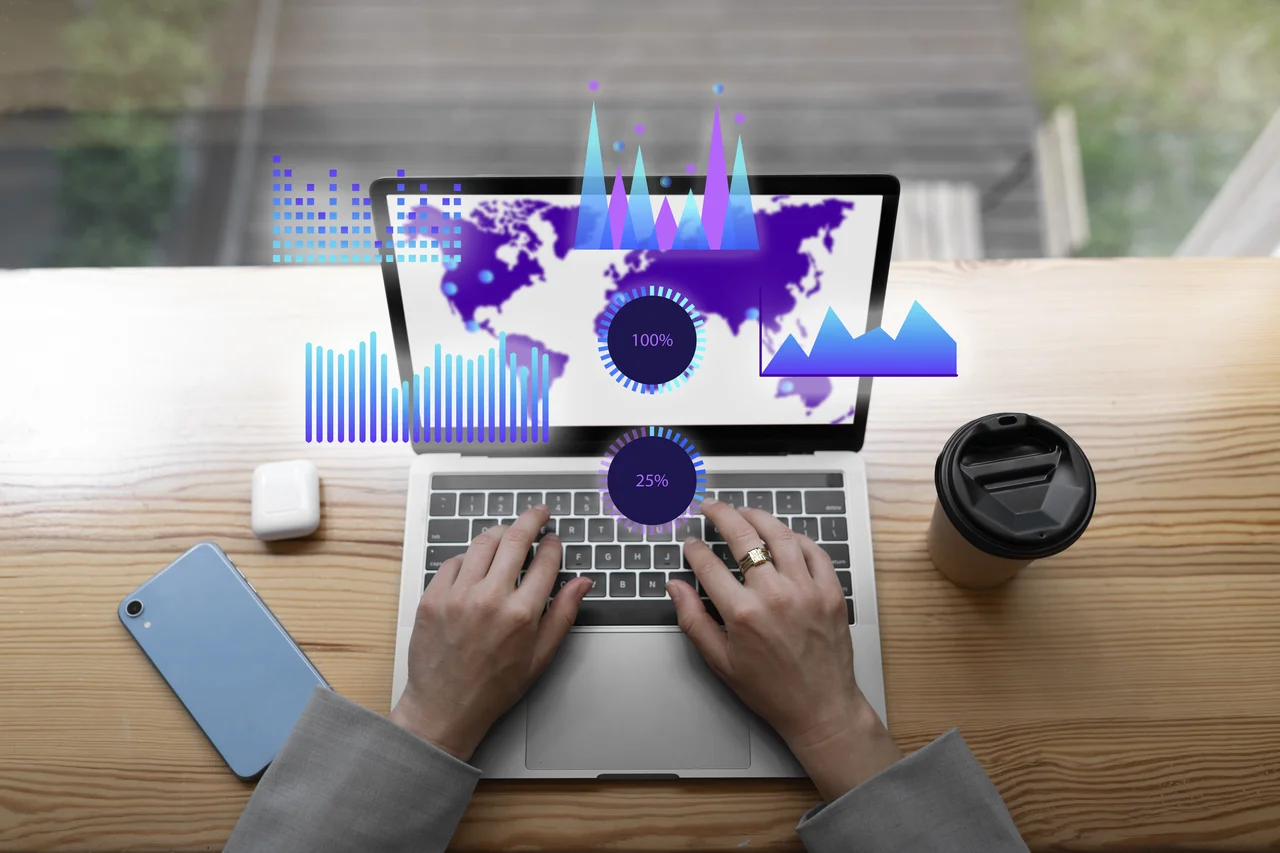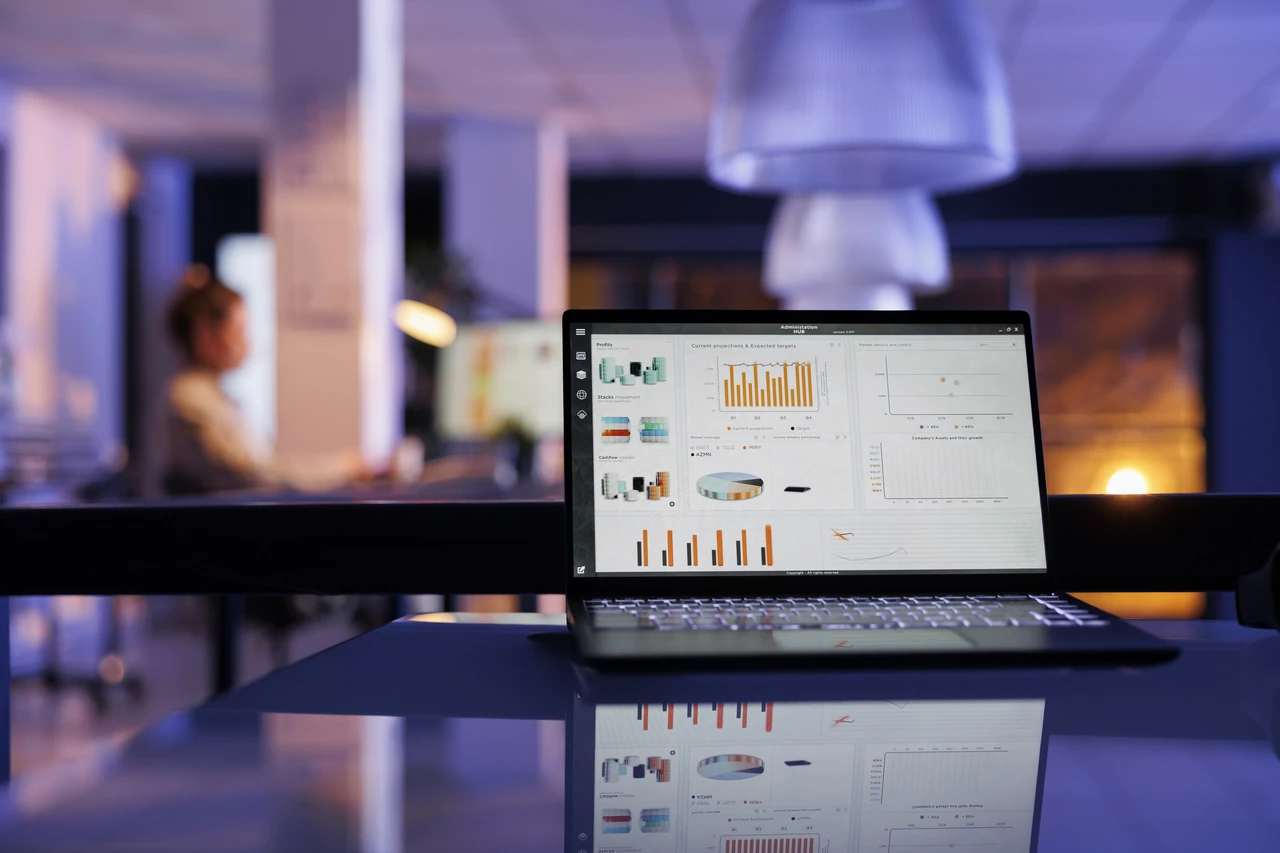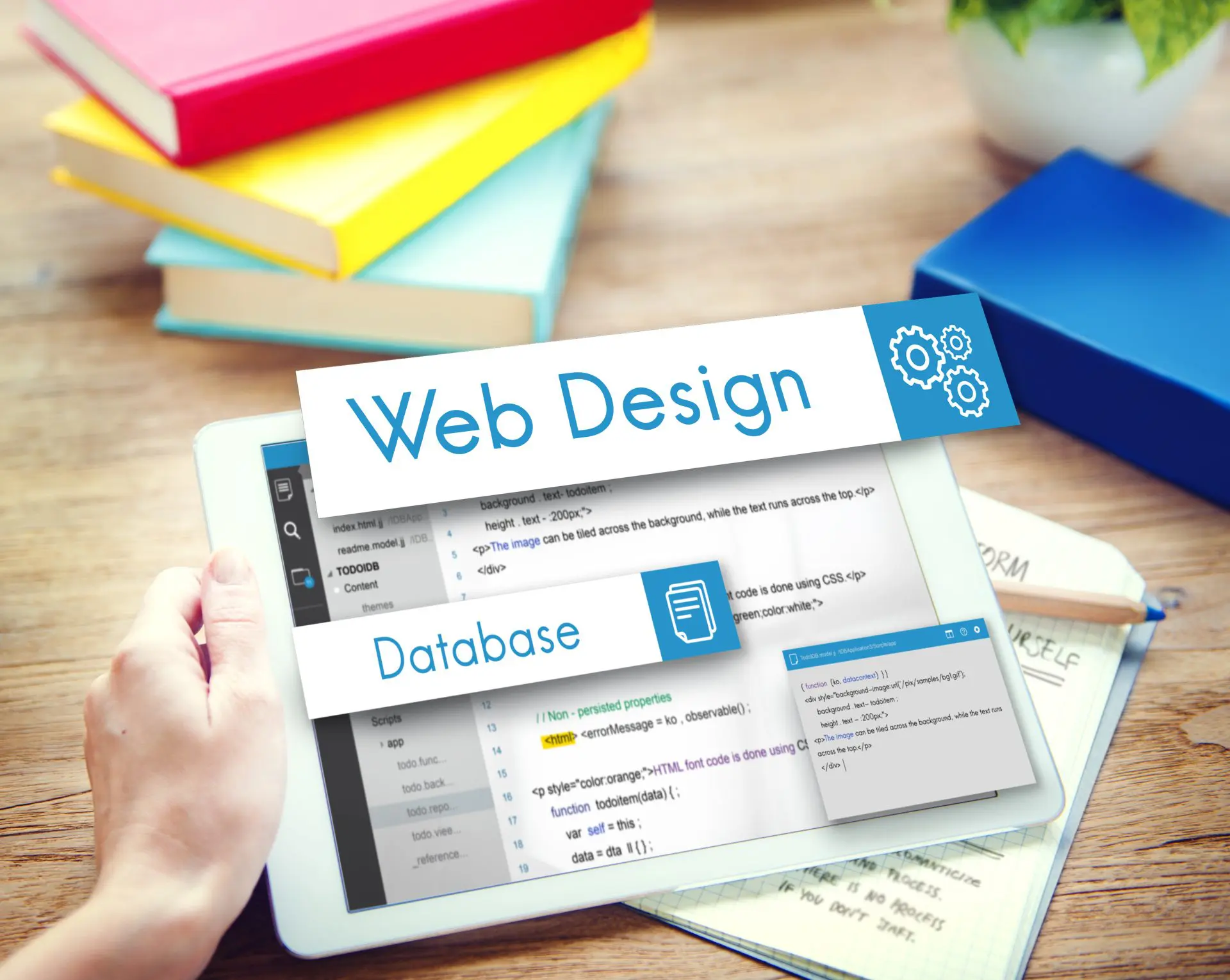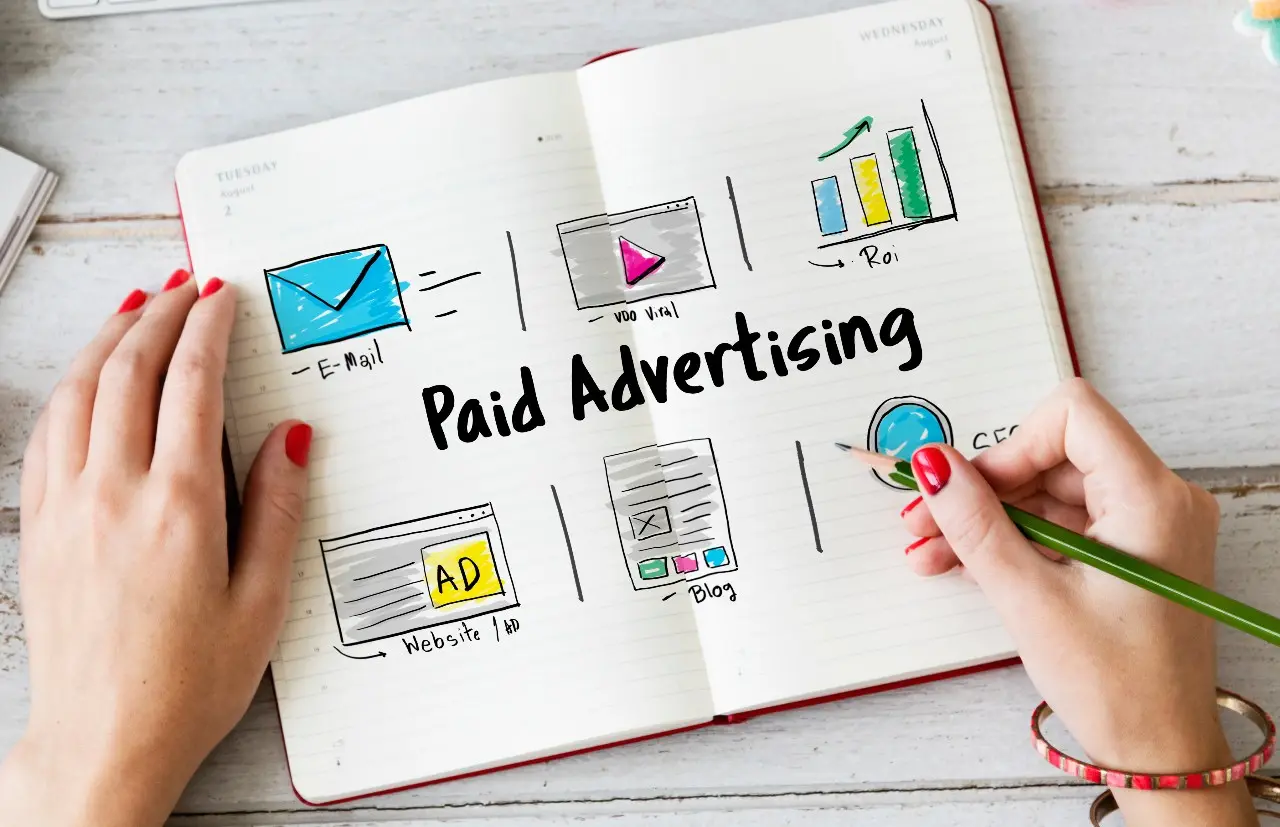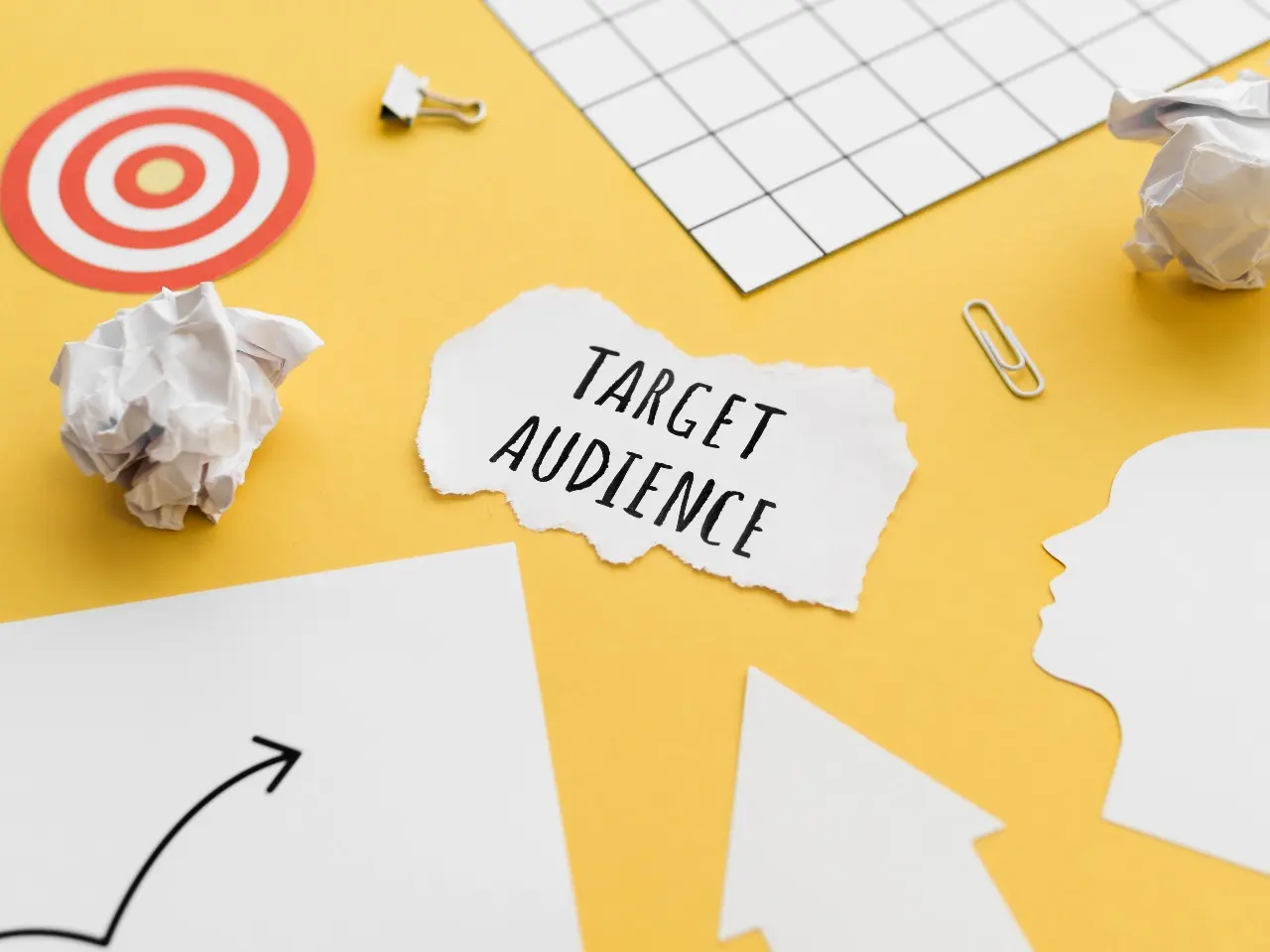Listen to article
In today’s competitive digital landscape, understanding the nuances of paid advertising is no longer optional—it’s essential for sustainable growth. Are you maximizing every dollar spent, or are you leaving potential ROI on the table?
When it comes to scaling paid campaigns, it’s not just about increasing budget; it’s about strategically leveraging data-driven insights to refine and optimize your strategies. From identifying the most effective ad formats to prioritizing ROI and cost control, a quantitative approach is paramount.
This article explores the crucial metrics, benchmarks, and tactics that can help you scale your campaigns effectively. You’ll learn how to make informed decisions, avoid common pitfalls, and achieve a higher return on your investment.
Platform-Specific Ad Format Preferences: A Deep Dive
Driving results from paid campaigns isn’t just about having a great offer; it’s about understanding where and how your audience wants to engage. Different platforms attract users with distinct behaviors and preferences, which means cookie-cutter ad formats often miss the mark. By aligning your ad formats to the platform’s strengths and user habits, you position your campaigns for better engagement, higher click-through rates, and ultimately, stronger ROI.
- YouTube: Video content reigns supreme on YouTube, with 36% of users showing a clear preference for video ads. This isn’t surprising, as YouTube is inherently a visual-first platform. Source
- Amazon: Shopping intent is central to Amazon’s ecosystem, with 50% of its users favoring product listing and shopping ads. Source
- Google: Simplicity drives action; 55% of Google users favor text ads, aligning perfectly with the platform’s search-focused nature. Source
- Overall Click Behavior: Across platforms, text-based paid search ads dominate, capturing 49% of clicks, leaving shopping ads (31%) and video ads (16%) behind. Source
Takeaway: One Size Doesn’t Fit All
The data speaks volumes—advertisers need to rethink platform-specific strategies to match user intent and behavior. Ignoring these nuances can lead to wasted ad spend and missed opportunities. For instance, leveraging video on YouTube or shopping ads on Amazon isn’t just a preference, it’s what audiences expect. While text ads still command widespread effectiveness, diversifying your ad formats to align with platform-specific trends ensures that you’re meeting users where they are most receptive.
Pro Tip:
Don’t rely solely on historical data—consumer preferences can shift. Commit to ongoing testing within each platform, such as experimenting with text overlays on YouTube videos or rotating product-focused ads on Amazon. Insights from these tests can reveal tweaks that make the difference between average performance and exceptional ROI.
Maximizing Conversions with PPC Advertising
When it comes to digital advertising, pay-per-click (PPC) campaigns consistently stand out for their ability to generate measurable ROI and drive high-intent users directly to conversion points. Unlike organic traffic, which relies on broader discovery, PPC taps into the intent-rich audience actively seeking solutions, making it an essential strategy for businesses aiming to achieve scalable growth. Whether you’re competing for search dominance or driving targeted traffic to your website, PPC offers unparalleled opportunities to connect with potential customers who are ready to take action.
- Companies investing in PPC advertising earn an average return of $2 for every $1 spent on search ads. Source
- Businesses make an average of $3 in revenue for every $1.60 spent on AdWords. Source
- Higher Conversion Likelihood: PPC visitors exhibit a 50% greater likelihood to make a purchase compared to those arriving through organic search. Source
- PPC Converts Better: PPC traffic demonstrates a 50% higher conversion rate than organic site visitors. Source
- Ad Click Dominance: A significant 65% of all high-intent searches result in a click on an ad. Source
PPC’s performance metrics highlight its vital role in capturing market-ready audiences who are closer to making purchasing decisions. By utilizing high-intent keywords, businesses can leverage PPC campaigns to dominate search results, drive conversions, and ultimately outperform competitors in the paid space. However, the true power of PPC lies in optimization—refining ad targeting, ad copy, and bidding strategies to ensure consistent results.
Pro Tip:
Take control of your campaign performance by investing in tools like Google Analytics, Google Ads’ built-in reporting, or platforms like SEMrush to refine your keyword strategy. Regularly A/B test your ad copy and landing pages to determine which combinations lead to the strongest engagement and sales. Fine-tune your campaigns by analyzing user behavior post-click, allowing you to identify weak points in the sales funnel and adjust accordingly for higher conversion rates.
Financial Focus: Cost Control and ROI Optimization in Paid Campaign Scaling
Scaling paid campaigns isn’t just about increasing budgets; it’s about increasing impact. With rising competition and tightening budgets, financial efficiency has become more crucial than ever. Businesses must balance growth ambitions with a strategic focus on cost control and ROI to achieve sustainable success. By understanding where each dollar goes and how effectively it generates returns, companies can fuel campaigns that not only scale but do so profitably.
- Cost control is a priority for most event planners. Research reveals that 75% of event planners see managing costs as a top concern when scaling paid campaigns, reflecting a broader industry trend of competing on tighter financial margins. Source
- ROI remains at the forefront of campaign planning. About 60% of planners emphasize ROI tracking, demonstrating the importance of measuring profitability alongside cost control to justify ad spend and refine strategies. Source
Focusing on financial metrics like cost control and ROI isn’t just about avoiding waste—it’s about staying agile. As platforms evolve and user behaviors shift, the ability to respond quickly to underperforming campaigns or identify high-yield opportunities can set businesses apart in saturated markets.
Pro Tip:
Use predictive analytics and AI-powered tools to forecast campaign outcomes based on historical data. This approach not only enhances your ROI tracking but also empowers you to allocate budgets more effectively, ensuring your scaling efforts yield measurable returns.
Why Tracking Metrics and Monitoring Ad Campaigns is Crucial for Marketing Success
In the fast-paced world of digital marketing, relying on assumptions or gut feelings can be a costly mistake. Data-driven strategies empower businesses to understand where their efforts are paying off and where adjustments are needed. However, many companies still fall short in measuring and monitoring their campaigns effectively—leaving potential revenue on the table and resources misallocated. By prioritizing campaign tracking and performance analysis, businesses can uncover opportunities to refine their strategies and achieve higher ROI.
- Nearly half of businesses lack clarity on their marketing effectiveness. A staggering 44% of businesses do not have a quantitative understanding of their marketing impact. Source
- Campaign oversight is alarmingly rare. A shocking 72% of companies have not reviewed their ad campaigns in over a month, increasing the risk of wasted ad spend. Source
- Paid traffic outperforms organic in driving conversions. Customers who visit a website through paid ads are twice as likely to make a purchase compared to those coming through organic search channels. Source
Ignoring metrics and inconsistent monitoring can seriously undermine your marketing performance. Businesses that fail to measure their impact risk losing valuable insights that could drive better results. Regular campaign reviews and actionable data analysis are not just important—they’re non-negotiable for sustainable growth.
Pro Tip:
Automate your campaign tracking efforts with tools like Google Analytics, SEMrush, or HubSpot to stay ahead of performance trends. Use alerts to quickly catch and adjust underperforming campaigns, ensuring your investment yields the highest possible return.
Metrics That Drive Campaign Growth and Profitability
Scaling paid campaigns isn’t just about increasing ad spend; it’s about using actionable data to ensure every dollar contributes to meaningful growth. By zeroing in on key performance indicators (KPIs) like ROAS and conversion rates, marketers can make informed decisions that maximize profitability and minimize wasted budget. These metrics act as a roadmap, helping identify where to double down and where to pull back for optimal performance.
- 70% of marketers consider Return on Ad Spend (ROAS) as the most critical KPI when determining whether to scale campaigns. Source
- Over one-third of marketing leaders prioritize conversion rates as their top Key Performance Indicator (KPI). Source
- High Return on Investment (ROI) can be achieved through email marketing, SEO, mobile marketing, and content marketing. Source
Takeaway: Prioritize What Actually Moves the Needle
To successfully scale paid campaigns, it’s essential to focus on KPIs that directly tie to growth and profitability, such as ROAS and conversion rates. It’s not enough to gather data—you need to actively interpret it to uncover hidden opportunities for optimization. By regularly evaluating these metrics, you can make smarter budget allocation decisions, adapt to changing market conditions, and ensure that your campaigns evolve alongside your audience’s behavior.
Pro Tip:
Don’t just monitor KPIs in isolation—compare them across platforms and campaigns to identify which channels are driving the highest impact. Leveraging tools like Google Data Studio or Tableau can help you visualize trends and present the story your metrics are telling.
Choosing the Right Platform for Maximum ROI
When it comes to scaling paid campaigns, understanding the efficiency and ROI of each platform is more than just a cost-saving measure—it’s a competitive advantage. Each platform offers unique opportunities, and success depends on aligning your ad spend with audience behaviors and preferences. Social media platforms, in particular, have emerged as the most cost-effective channels for engaging younger demographics like Gen Z and Millennials, whose buying power continues to grow. But how do the numbers stack up?
- The average Cost Per Click (CPC) for Facebook ads is $1.86, while Google Ads average $2.69. Source
- Facebook, Instagram, and TikTok consistently deliver top ROI for marketers. Source
- Social media is the primary channel Gen Z and Millennials use to discover new products, overtaking traditional search and display ads. Source
- 74% of marketers now prioritize campaigns that target Millennials and Gen Z, making social media a cornerstone of modern advertising strategies. Source
Key Takeaway: Unlocking Platform-Specific Potential
The data shows that while Google Ads can be effective, platforms like Facebook, Instagram, and TikTok shine for cost-effective engagement with younger, digitally native audiences. This insight is powerful for brands looking to balance CPC with ROI, especially in competitive industries where every dollar of ad spend counts. The key to success lies in leveraging platform strengths—whether it’s the detailed targeting capabilities of Facebook or the entertainment-first approach of TikTok—to connect with users in ways that resonate.
Pro Tip:
Dive deeper into audience analytics on each platform to uncover hidden opportunities. For example, TikTok can be a game-changer for brands targeting Gen Z, while Instagram’s visual appeal works well for showcasing lifestyle products. Pair these insights with A/B testing to refine campaigns and ensure you’re investing in channels that align with your growth objectives.
Choosing the Right Platform for Maximum ROI
When it comes to scaling paid campaigns, understanding the efficiency and ROI of each platform is more than just a cost-saving measure—it’s a competitive advantage. Each platform offers unique opportunities, and success depends on aligning your ad spend with audience behaviors and preferences. Social media platforms, in particular, have emerged as the most cost-effective channels for engaging younger demographics like Gen Z and Millennials, whose buying power continues to grow. But how do the numbers stack up?
- The average Cost Per Click (CPC) for Facebook ads is $1.86, while Google Ads average $2.69. Source
- Facebook, Instagram, and TikTok consistently deliver top ROI for marketers. Source
- Social media is the primary channel Gen Z and Millennials use to discover new products, overtaking traditional search and display ads. Source
- 74% of marketers now prioritize campaigns that target Millennials and Gen Z, making social media a cornerstone of modern advertising strategies. Source
Key Takeaway: Unlocking Platform-Specific Potential
The data shows that while Google Ads can be effective, platforms like Facebook, Instagram, and TikTok shine for cost-effective engagement with younger, digitally native audiences. This insight is powerful for brands looking to balance CPC with ROI, especially in competitive industries where every dollar of ad spend counts. The key to success lies in leveraging platform strengths—whether it’s the detailed targeting capabilities of Facebook or the entertainment-first approach of TikTok—to connect with users in ways that resonate.
Potential of Paid Channels in B2B Marketing with LinkedIn
In the competitive world of B2B marketing, paid channels are no longer just a supporting act—they’ve become a vital driver of growth and ROI. Platforms like LinkedIn, in particular, have carved out a unique niche, merging professional networking with sophisticated advertising tools that allow brands to directly target decision-makers and industry influencers. By intelligently integrating paid strategies across platforms, businesses can establish their authority, expand their reach, and convert prospects into loyal customers.
- 84% of B2B marketers actively utilize paid channels to distribute content and reach their ideal audience. Source
- 73% rely on social media advertising or promoted posts. Source
- 64% invest in search engine marketing (SEM) and PPC campaigns. Source
- 62% turn to digital display advertising. Source
- 62% leverage sponsorships. Source
- 65% of B2B companies have successfully acquired customers through LinkedIn ads, underscoring the platform’s ability to connect brands with highly relevant audiences. Source
- LinkedIn’s ad revenue is forecasted to grow by 12.7% in 2025, reaching $5.09 billion, fueled by the platform’s continued innovation and demand. Source
- Specifically, LinkedIn’s B2B display ad revenues are projected to grow by 12.5%, reaching $4.73 billion in 2025, illustrating its dominance in the B2B advertising ecosystem. Source
Takeaway: Maximize Paid Efforts with Precision and Platforms That Deliver
The data makes one thing clear: B2B marketers are heavily leaning on paid channels to meet their business goals, with LinkedIn standing out as a must-have in the advertising mix. But the key to meaningful results isn’t just in adopting these tools—it’s using them strategically. LinkedIn’s expansive targeting capabilities allow marketers to go beyond surface-level advertising and craft campaigns tailored to professional roles, industries, and even behaviors. Coupled with its rising ad revenues, the platform remains a dominant force for securing high-quality leads.
Pro Tip:
While LinkedIn is a crucial player, don’t put all your eggs in one basket. Diversify your strategy by combining LinkedIn ads with PPC, social media, and display ads to maintain a multi-channel presence. Keep refining your campaigns through split testing, analytics, and audience segmentation to ensure you’re getting the most out of your advertising dollars. For smaller B2B teams or those looking to scale efficiently, exploring B2B website strategy and other digital marketing approaches can further enhance your paid campaign success.
Unlocking Synergy Through Integrated Marketing
In a fragmented digital landscape, consumers encounter brands across multiple platforms—from social media ads to email newsletters to in-store promotions. But without a cohesive strategy, these touchpoints risk feeling disjointed rather than compelling. That’s where integrated marketing comes in. By aligning your channels, messaging, and teams, you can provide a seamless customer journey that builds trust and converts more effectively.
- Integrated marketing campaigns can deliver up to 50% higher return on investment (ROI). Source
- Aligning marketing channels and teams can improve campaign efficiency by 31%. Source
When done right, integrated marketing isn’t just a tactic—it’s a strategic powerhouse that eliminates inefficiencies, ensures a unified brand voice, and elevates ROI. Pro Tip: Conduct regular cross-functional planning meetings to align goals across teams. Use tools like Trello, Asana, or Slack to enhance collaboration and identify opportunities for integration, whether it’s syncing email campaigns with social media or aligning paid ads with organic content strategies.
Data-Driven Optimization: Quality, Utilization, and ROI Accountability
Effective scaling of paid campaigns hinges on the quality and utilization of data, coupled with a strong focus on ROI and budget accountability.
- Only 65% of marketers report having high-quality data about their target audience. Source
- A significant 14% of marketers admit to encountering difficulties due to poor data quality. Source
- A significant 87% of marketers view data as the most underutilized asset within their company. Source
- Six in ten marketers report that their budgets and ROI are being monitored more closely than in the past. Source
- A notable 42% of marketers identify proving the ROI of marketing activities as a top priority for inbound marketing in the coming year. Source
Investing in data cleansing, validation, and enrichment processes can significantly improve audience targeting and campaign effectiveness. Marketers must invest in robust tracking and analytics, develop clear attribution models, and communicate the impact of their campaigns effectively. By prioritizing ROI measurement and accountability, marketers can build trust, secure resources, and drive sustainable growth for their organizations. Develop a clear plan for data collection, analysis, and activation to ensure that data is used effectively to inform marketing decisions and achieve business goals.
CPC Insights and Boosting Google Ads CTR
Understanding the nuances of keyword costs and click-through rates (CTR) is critical for building scalable paid campaigns. In industries like legal services, where competition drives CPCs to sky-high levels, every decision about bidding strategies and ad placement holds more weight. By keeping an eye on emerging benchmarks and regional cost differences, businesses can uncover hidden opportunities to optimize ad spend and outperform their competition. Let’s dive into some key statistics that offer valuable insights into the dynamics of CPC and CTR in the paid advertising landscape:
- The legal services industry sits at the top of the CPC ladder, with lawyer keywords costing $42.51 and credit keywords at $36.06. Source
- In May 2023, the United States led globally in average monthly CPC for legal services search advertising on Google Ads at $6.83, while France had a significantly lower CPC at just $0.34. Source
- Ads on Google’s first page see an average CTR of 3.16%, setting the bar for competitive ad performance. Source
To build high-performing campaigns, marketers must aim to balance CPC and CTR strategically. Industries with steep CPCs, such as legal services, demand exceptional targeting precision and ad relevance to justify the investment. Benchmarking your CTR against the first-page average of 3.16% is not just about meeting a standard—it’s about pushing past it to maximize returns. By leveraging actionable insights from regional CPC data, marketers can uncover untapped markets with lower costs and adjust their bidding strategies accordingly to scale campaigns without overextending budgets.
Pro Tip:
Experiment with advanced segmentation tactics, such as targeting by geographic regions with competitive CPCs, or leveraging A/B-tested ad copy to improve CTR. Tools like Google Keyword Planner and SEMrush can help identify opportunities to refine your campaign strategy for both cost-efficiency and performance. For businesses looking to expand their marketing efforts holistically, full-service marketing solutions can help integrate paid campaigns with other strategies like SEO and email marketing to maximize overall ROI.
Conclusion
Scaling paid campaigns is both an art and a science, requiring a deep understanding of platform-specific preferences, cost efficiencies, and data-driven strategies. From aligning ad formats with user expectations to leveraging PPC for unparalleled ROI, every statistic in this article underscores the importance of making informed, strategic decisions. Platforms like YouTube, Amazon, and LinkedIn each offer unique opportunities to connect with targeted audiences, while tools like conversion tracking and keyword analysis empower marketers to optimize every dollar spent.
However, successful scaling isn’t just about metrics—it’s about integration. By uniting paid channels with other marketing efforts, businesses can amplify their message and create a seamless user experience, boosting campaign efficiency by up to 31%. The power of scaling lies in your ability to test, measure, and adapt. Whether you’re fine-tuning ad creative, reallocating budgets based on ROI, or leveraging high-quality data for precise targeting, the ultimate goal is to grow without sacrificing efficiency or profitability.
Ready to take your strategies to the next level? Your customers are looking for you, and our SEO services can help you be found across search engines. Let’s scale smarter, together.
About Creating Proven Tactics for Scaling Paid Campaigns Effectively
This guide was written by the Scopic Studios team and reviewed by Araksya Hakobjanyan, SEO Lead at Scopic Studios.
Scopic Studios delivers exceptional and engaging content rooted in our expertise across marketing and creative services. Our team of talented writers and digital experts excel in transforming intricate concepts into captivating narratives tailored for diverse industries. We’re passionate about crafting content that not only resonates but also drives value across all digital platforms.
Note: This blog’s images are sourced from Freepik.





